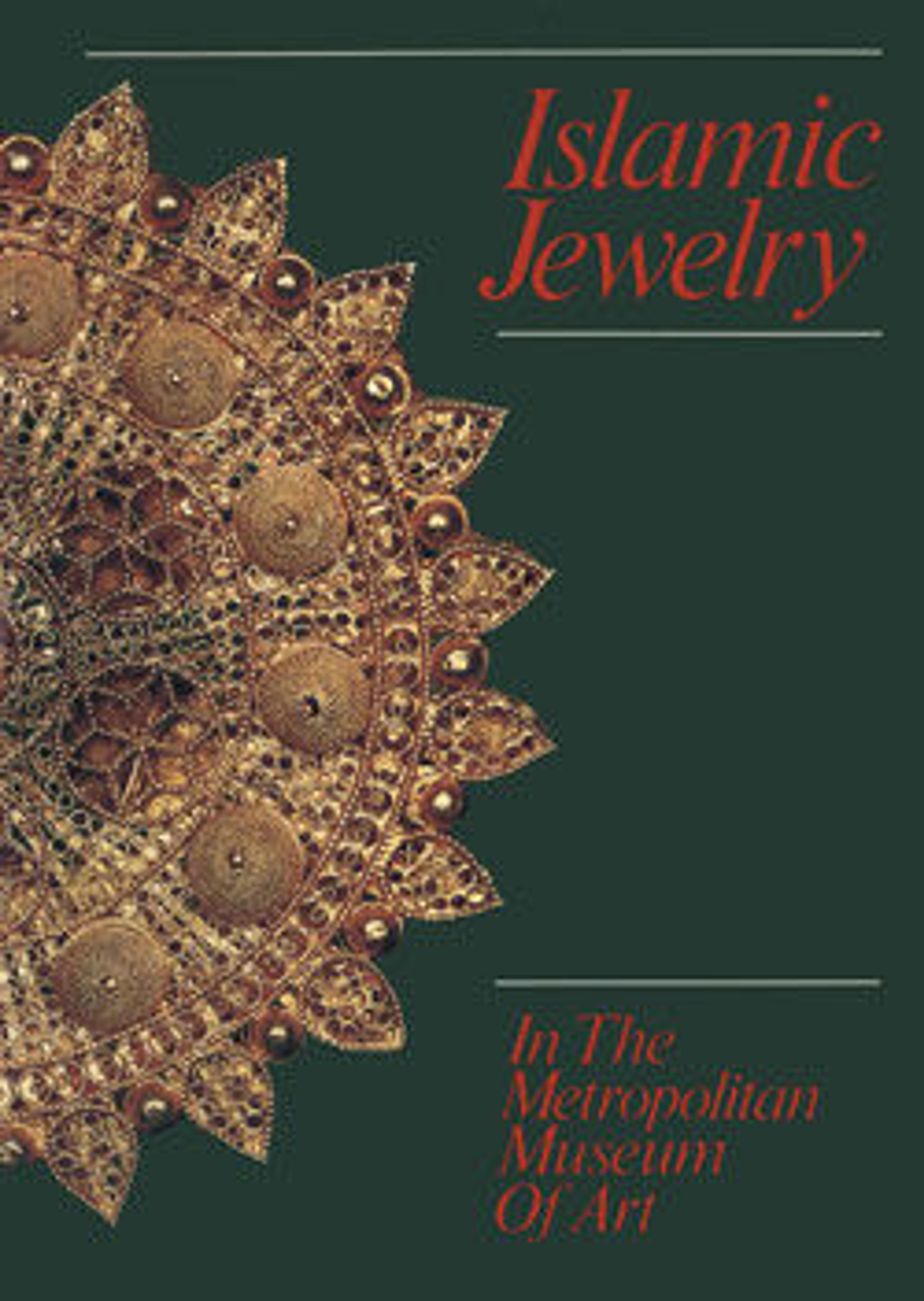Seal with Hebrew Inscription
The Hebrew text on this seal gives the name of the seal’s owner, his father’s name, and the word "prepared" or "fashioned," followed by the letters y-h-. One proposal is that this is the Arabic name Yahya, but there are other known Hebrew seals that end with the phrase "May Yahweh have mercy" or "The work of Yahweh," which may be the phrase included here. We do not know whether the find of this seal testifies to the existence of a Jewish community in eleventh-century Nishapur, or if the seal had been preserved because its foreign letters were believed to ward off evil. Arabic seals with random Hebrew and Syriac words, as well as ancient seals to which Arabic phrases have been added, are both well documented.
Artwork Details
- Title:Seal with Hebrew Inscription
- Date:10th–11th century
- Geography:Excavated in Iran, Nishapur
- Medium:Carnelian; incised
- Dimensions:H. 1/16 in. (0.1 cm)
W. 1/2 in. (1.2 cm)
D. 1/16 in. (0.2 cm) - Classification:Seals
- Credit Line:Rogers Fund, 1940
- Object Number:40.170.158
- Curatorial Department: Islamic Art
More Artwork
Research Resources
The Met provides unparalleled resources for research and welcomes an international community of students and scholars. The Met's Open Access API is where creators and researchers can connect to the The Met collection. Open Access data and public domain images are available for unrestricted commercial and noncommercial use without permission or fee.
To request images under copyright and other restrictions, please use this Image Request form.
Feedback
We continue to research and examine historical and cultural context for objects in The Met collection. If you have comments or questions about this object record, please contact us using the form below. The Museum looks forward to receiving your comments.
